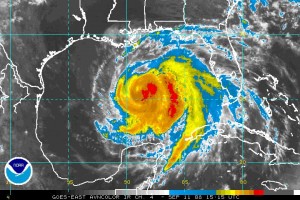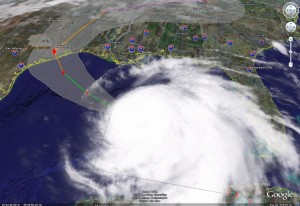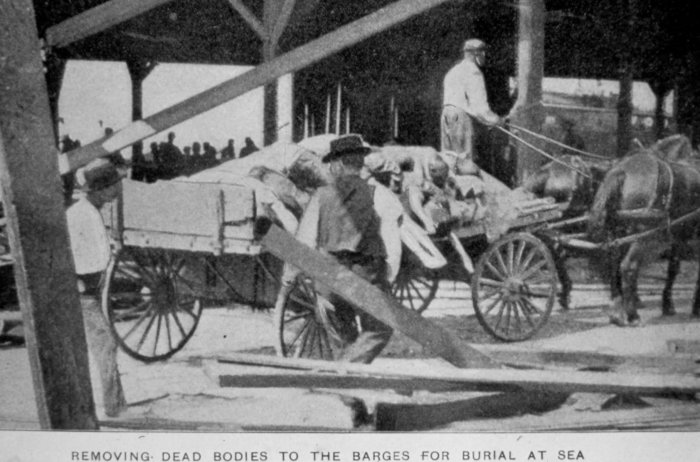
500 miles of Texas coastline are now under a hurricane warning as Hurricane Ike continues to threaten a 500 miles stretch of the Gulf Coast. Tens of thousands of residents have been ordered to evacuate including all of Galveston Island and many other vulnerable areas. Thursday afternoon, evacuations will begin for many low lying areas surrounding Houston and all schools and government offices in the city will be closed Friday.
As of 8:00am MDT, Hurricane Ike was about 580 miles east-southeast of Corpus Christi and about 470 miles east-southeast of Galveston. The storm is moving toward the west-northwest near 10 mph. A general west-northwestward motion is expected over the next day or so and the center of Ike should be very near the coast by late Friday. But, Ike is an extremely large storm and coastal areas will begin feeling the effects of the storm long before then.

Since leaving Cuba, the storm has continued to grow in size and intensity. Latest hurricane hunter aircraft have measured sustained winds of 100 mph making Ike a category 2 storm. Hurricane force winds extend outward 115 miles from the center of the storm, tropical storm winds extend 255 miles. As Hurricane Ike transits the Gulf of Mexico, it is expected to continue to grow, potentially becoming a category 3 storm with 120+ mph winds.
There is a great danger of significant loss of property and life in the storm’s path. Considerable storm surge to the north of where the storm makes landfall can be expected as well as torrential rain and tornadoes. Galveston Island could be hit with surge from 14 to 20 feet, potentially overtopping the city’s seawall.

For the city of Galveston, the threat of Ike brings to the forefront memories of what is widely considered the worst natural disaster in United States history – the Galveston Hurricane of 1900. Coincidentally, this past Monday, September 8, was the 108th anniversary since that killer category 4 hurricane claimed up to 12,000 lives (the exact number is impossible to determine due to inexact record keeping). In that storm, a 15 foot storm surge submerged the island and destroyed 3,600 homes and very few buildings survived at all.
